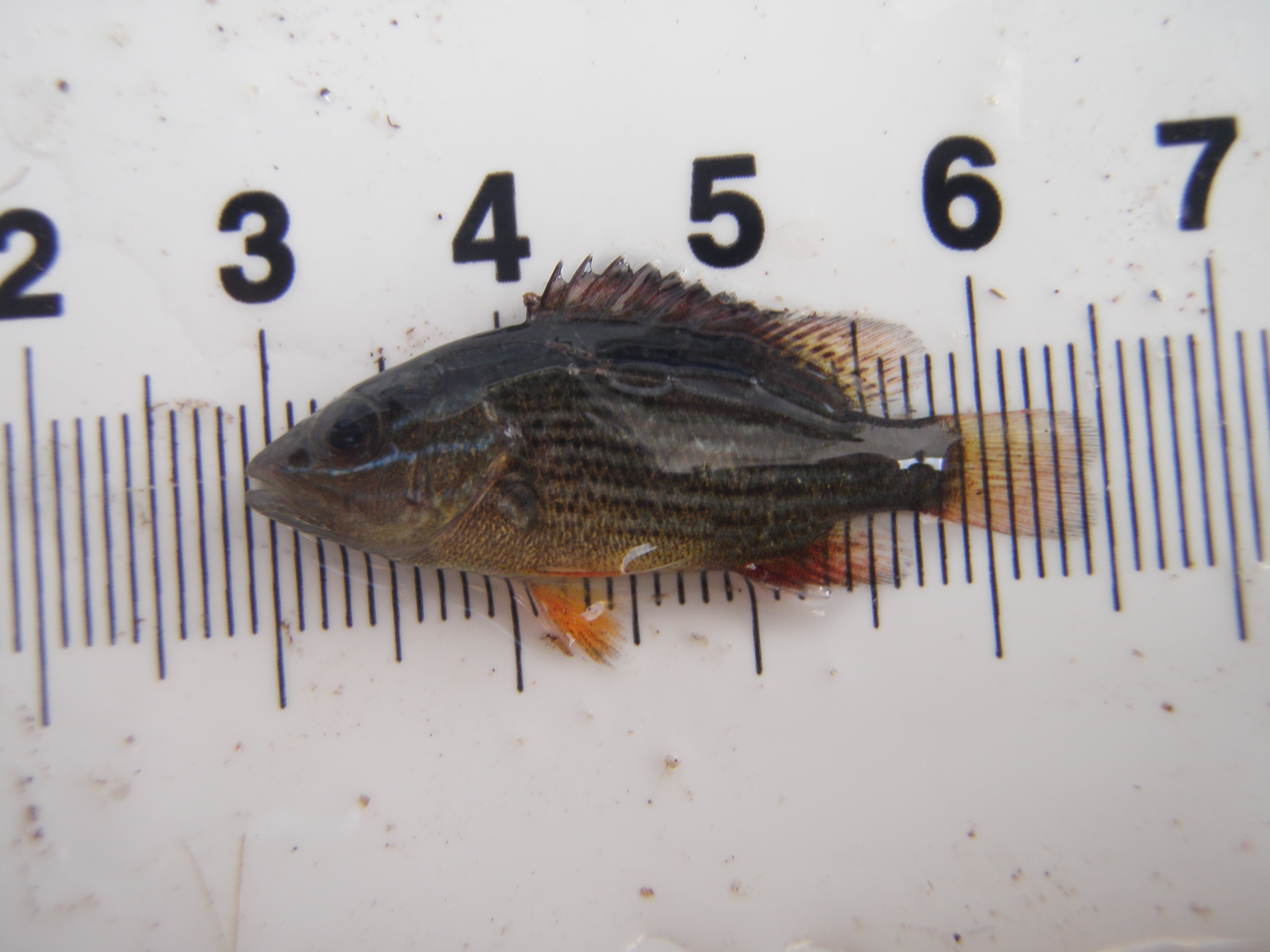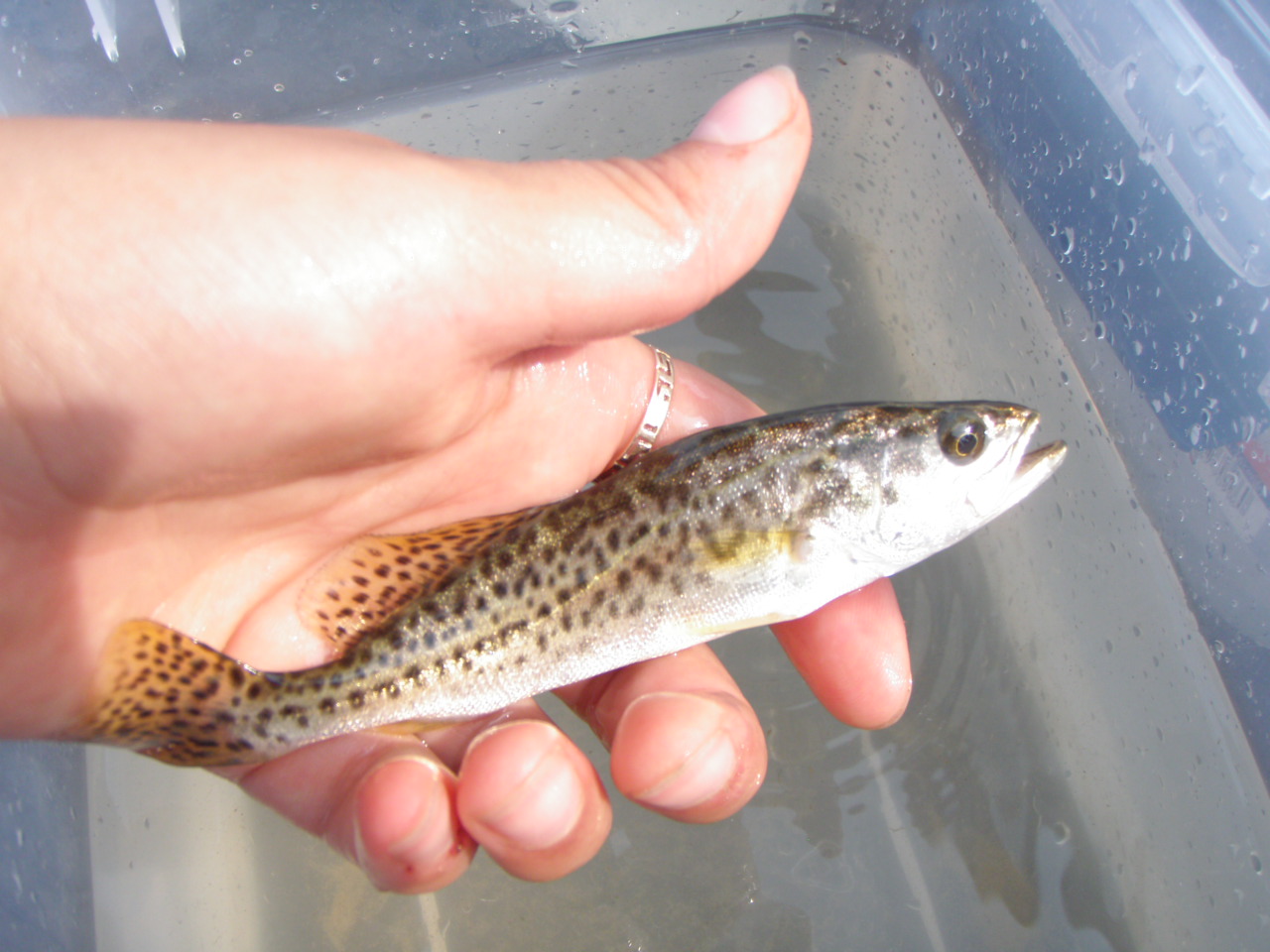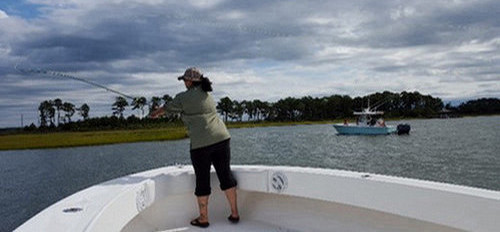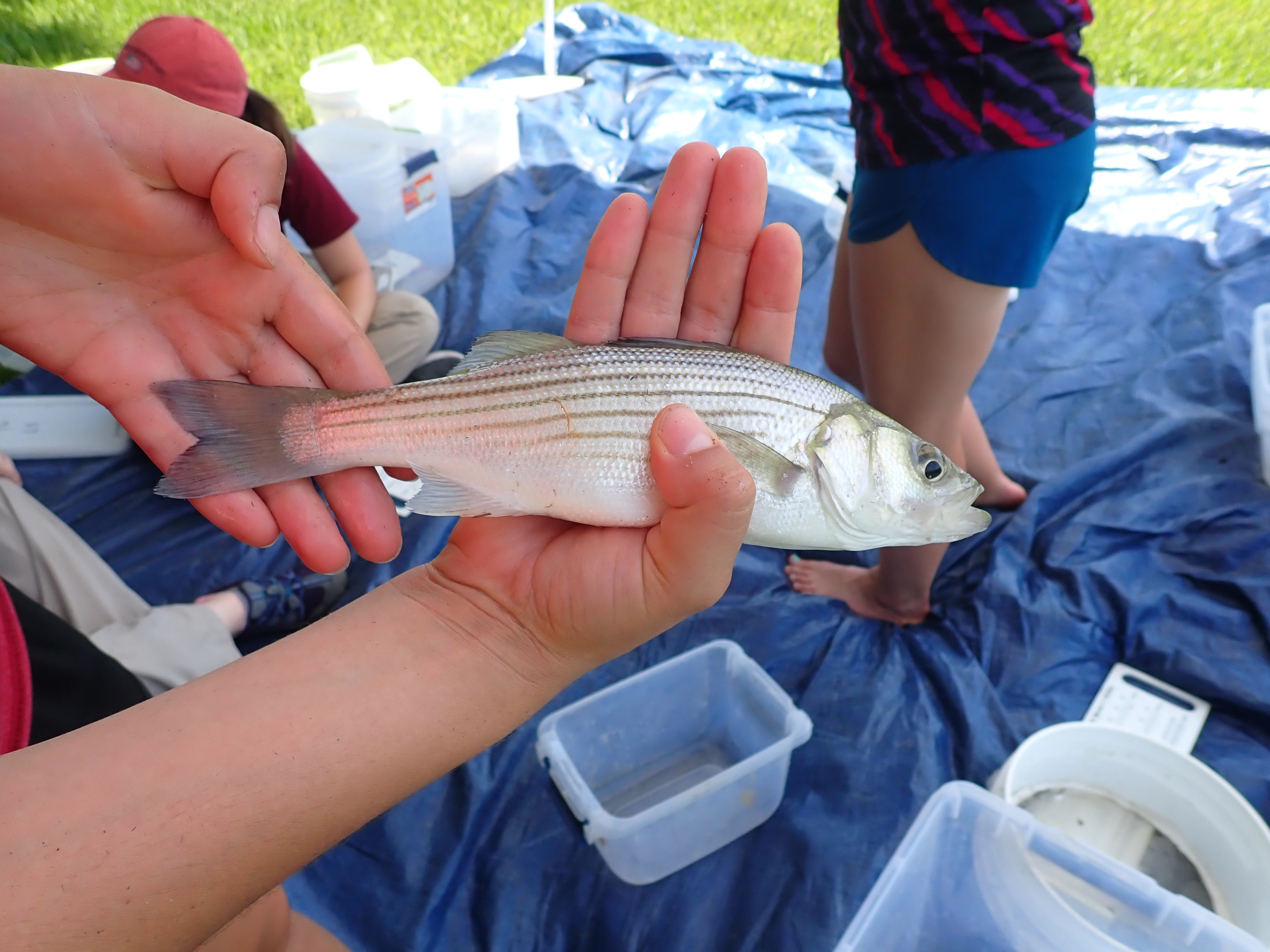Recreational Fisher Habitat Use
Overview
Recreational fishing is an important ecosystem service supported by coastal habitats. Information on habitat utilization and preferences by anglers is largely unavailable, however. With funding from the National Oceanic and Atmospheric Administration (NOAA) and assistance from the Virginia Marine Resources Commission, this study surveyed more than 1,500 licensed saltwater anglers from the Middle Peninsula region of Virginia. Respondents were randomly sampled from a 2021 list of saltwater angling license holders and asked a series of questions about their fishing trips and habitat preferences.

Coastal marshes and living shorelines (nature-based coastal protection) were found to generate considerable benefits to recreational anglers due to frequent use, low visitation costs, and high willingness-to-pay. This study also estimated the total costs of fishing trips based on reported individual trip expenses plus the assessed value of the travel time for the trip. Trips to marshes and living shorelines were found to be the least expensive and require the shortest travel times across different habitats, creating substantial value for Middle Peninsula anglers. 
Combining habitat-specific effort and valuation estimates suggests marshes and living shorelines in this region produce US $6.42M in annual benefits associated with recreational fishing, a value which is more than three times greater than that produced by hardened shorelines. Ecosystem service values estimated in this research can be used to increase efficiency of habitat restoration and shoreline management decisions and advance accounting of coastal natural capital assets.

Previous studies indicate that as little as 10-20% shoreline hardening (bulkhead, seawall, riprap revetment) can degrade nearshore habitats, deepen nearshore waters and cause declines in diversity or abundance of fish, invertebrates, birds and diamondback terrapin (e.g., Peterson et al. 2000; Bilkovic et al. 2006; Bilkovic and Roggero 2008; Isdell et al. 2015, Kornis et al. 2017, 2018).
Forage fish (bait), including silversides and mummichog, and shallow-water habitat users, such as blue crab and juvenile white perch, spot, and striped bass, are significantly more abundant at marsh shorelines than at hardened shorelines (Bilkovic and Roggero 2008). Recreational anglers’ experiences and preferences for marsh and living shoreline habitats over hardened shorelines are further support that armoring results in less productive nearshore environments.
Key findings
- Middle Peninsula marshes and living shorelines create benefits valued at $6.4 million for recreational fishing
- Living shorelines generate more than 3X the value for recreational fishers than armored (e.g., bulkhead) shores
Publication
Scheld et al. 2024. Valuing shoreline habitats for recreational fishing. Ocean & Coastal Management. https://doi.org/10.1016/j.ocecoaman.2024.107150

This research was supported by The National Oceanic and Atmospheric Administration under Grant Number NA21NMF4570524-T1-01.


